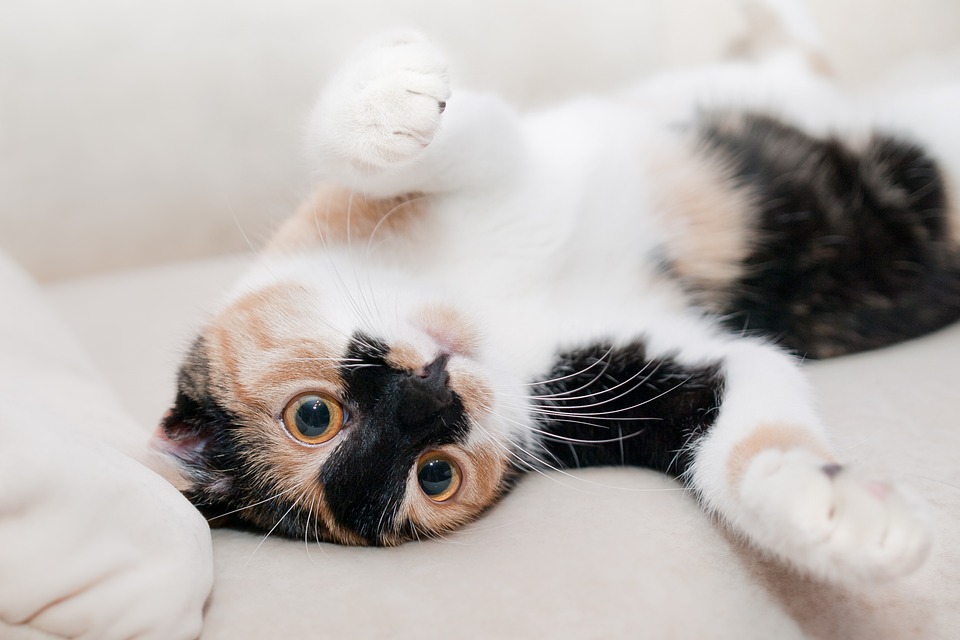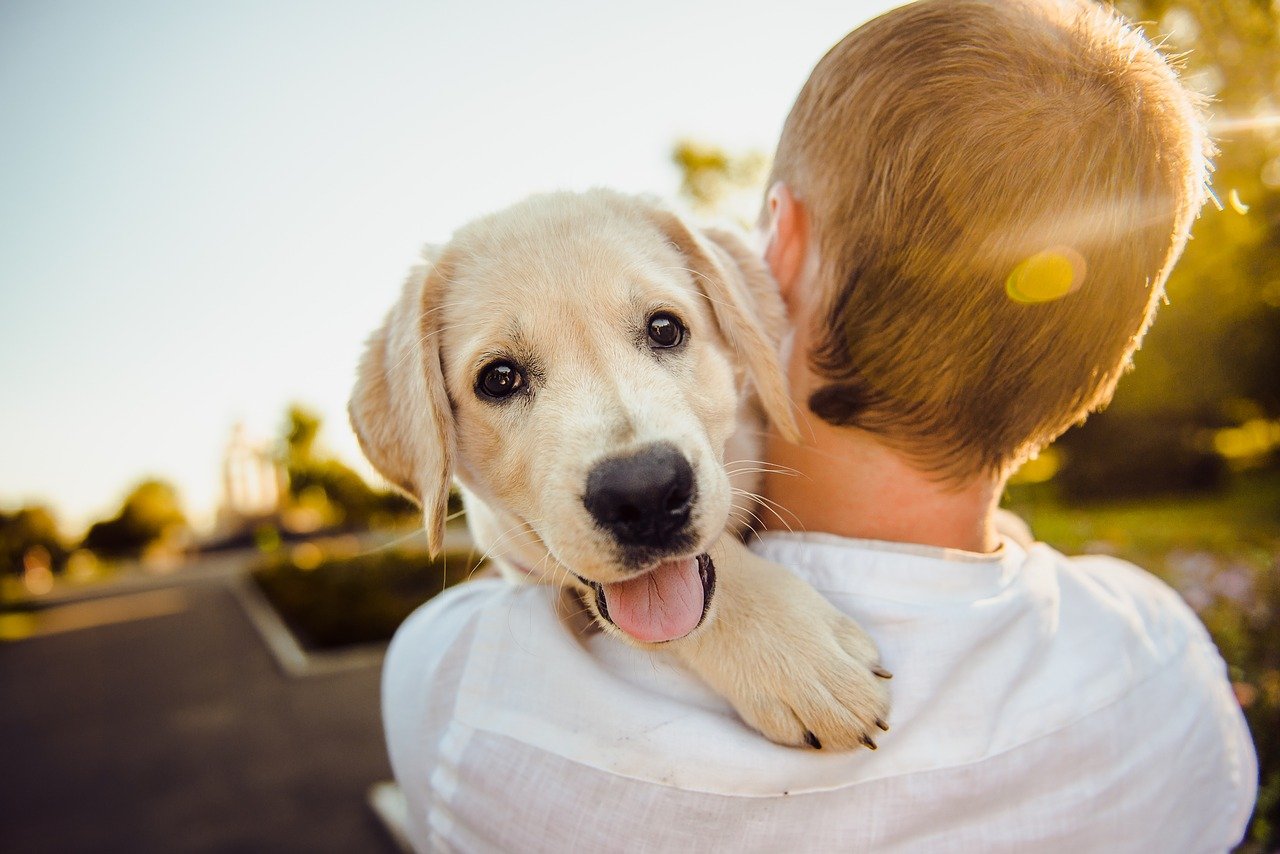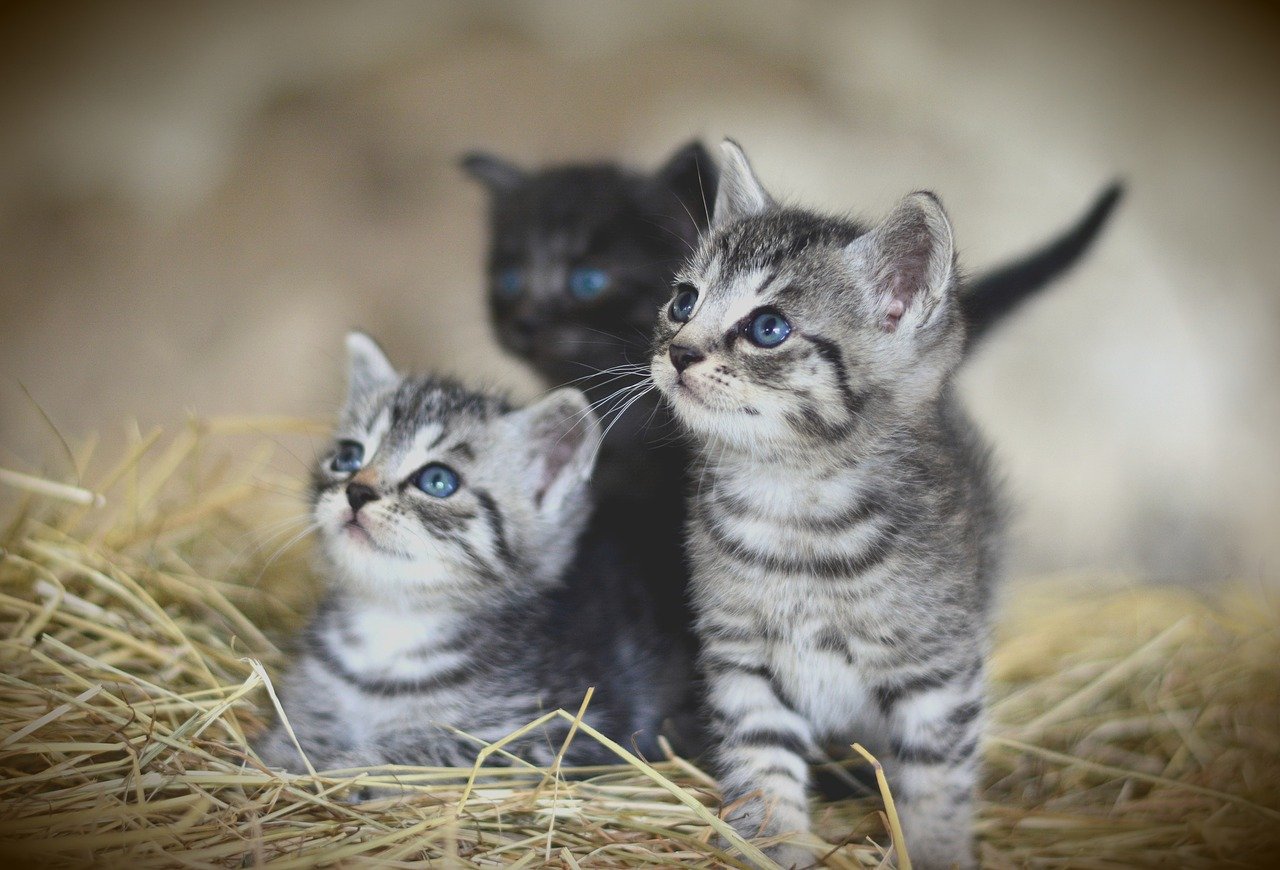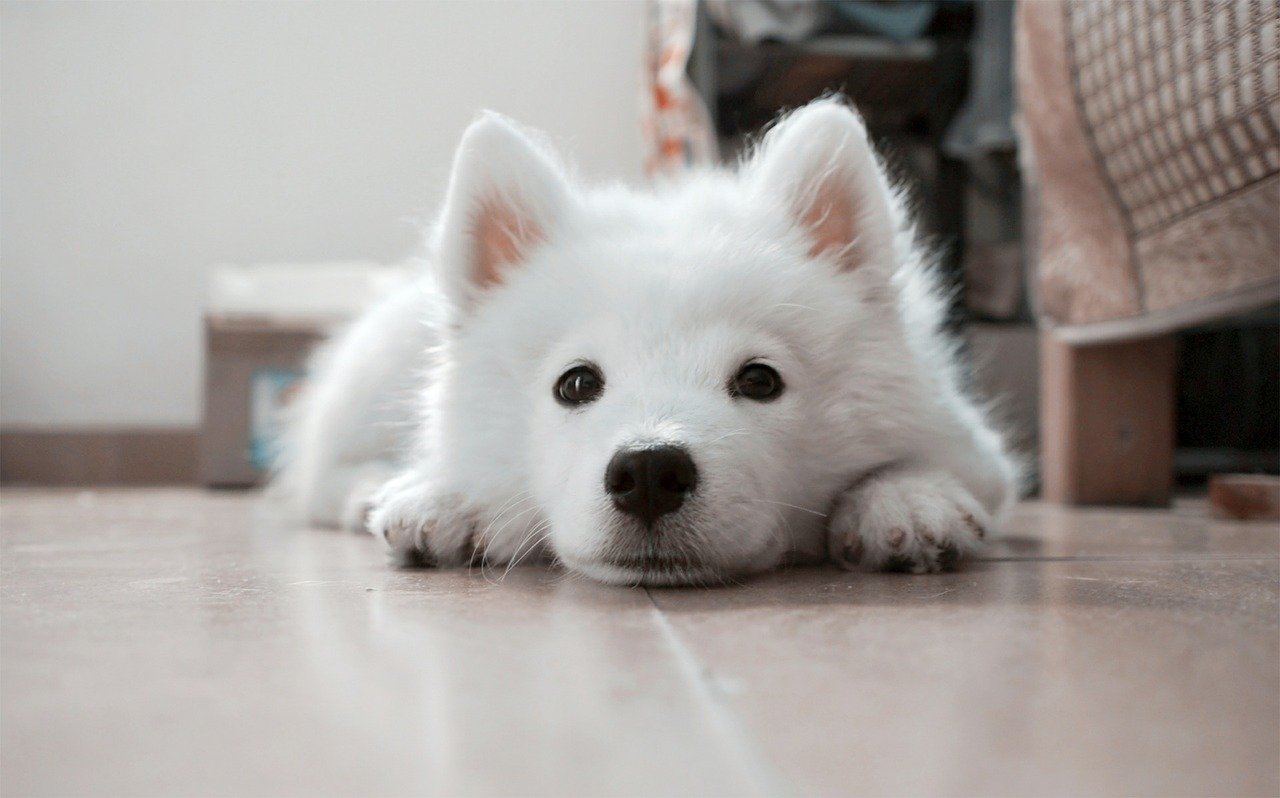Leopard Gecko - Learn How to Take Care of a Leopard Gecko
The leopard gecko is a unique lizard, commonly kept as a pet. It's very popular among those who are beginners at taking care of terrarium pets. Check the most important information you can use before you bring a leopard gecko home. Learn all about pet leopard geckos care and their most essential needs.
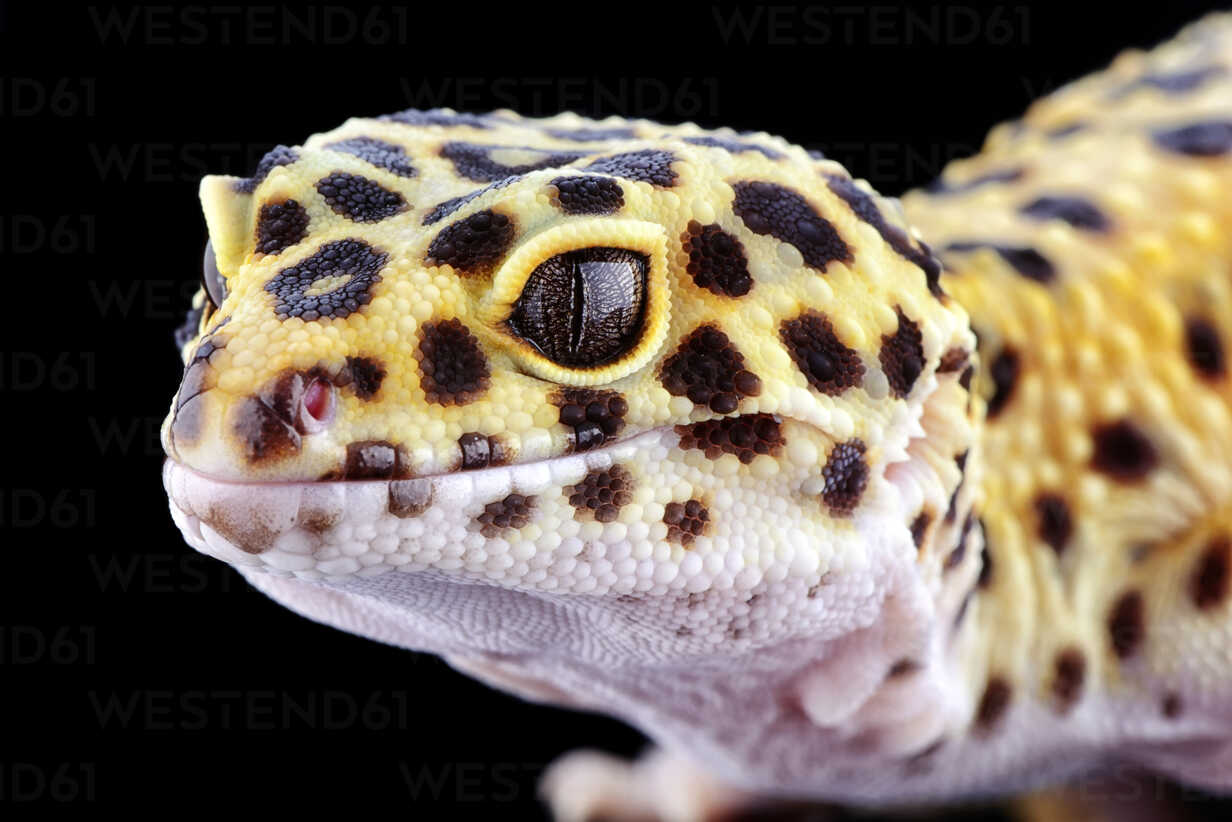
Leopard gecko — what kind of animal is it?
The common leopard gecko is a lizard of the Eublepharis genus. This animal belongs to the group of Squamates. In practice, it means that these lizards are very lively during late evening hours. They leave their hideouts at night as well.
Leopard geckos appeared on Earth millions years ago. Rainforest is their natural habitat, they can also be found on deserts and in mountains. Their distinct feature is the ability to adapt to the conditions of a particular area. It means that they are not very demanding about their habitat.
What does a leopard gecko look like?
The leopard gecko is quite simple to describe, and lizard fanciers love this species. Geckos are valued mostly for their attractive appearance, but it’s not their only advantage. They are very friendly and trusting towards humans. Leopard geckos typically measure from 25 to 30 centimeters in length. It includes the very long tail, which constitutes basically half of the lizard’s body length. Thanks to this, they look very impressive in a terrarium. Depending on diet, the weight can vary from 40 to 100 grams.
The leopard gecko has a characteristic head which resembles a cylinder. The rest of the body is stubby and flattened. Eyes of the leopard gecko are set apart widely in its head. These lizards have characteristic yellow-brown irises that might take the form of a thin line. Albino geckos have slightly red eyes.
The leopard gecko’s skin is full of small scales, very soft and velvety to the touch. The external layer of skin is being constantly shed — there’s no need to worry about this process, as the organ quickly regenerates. Geckos’ tails make up a half of their bodies for a reason. The lizard uses it for coordination when climbing and jumping. The tail also accumulates fat deposits, but it’s very vulnerable and can easily fall off. Fortunately, it can regenerate and grow back.
Unlike other gecko species, leopard geckos have claws instead of sticky setae. This fact determines the moving abilities of the lizard — it cannot climb flat surfaces, but it can dig instead, and feels great on rocky surfaces.
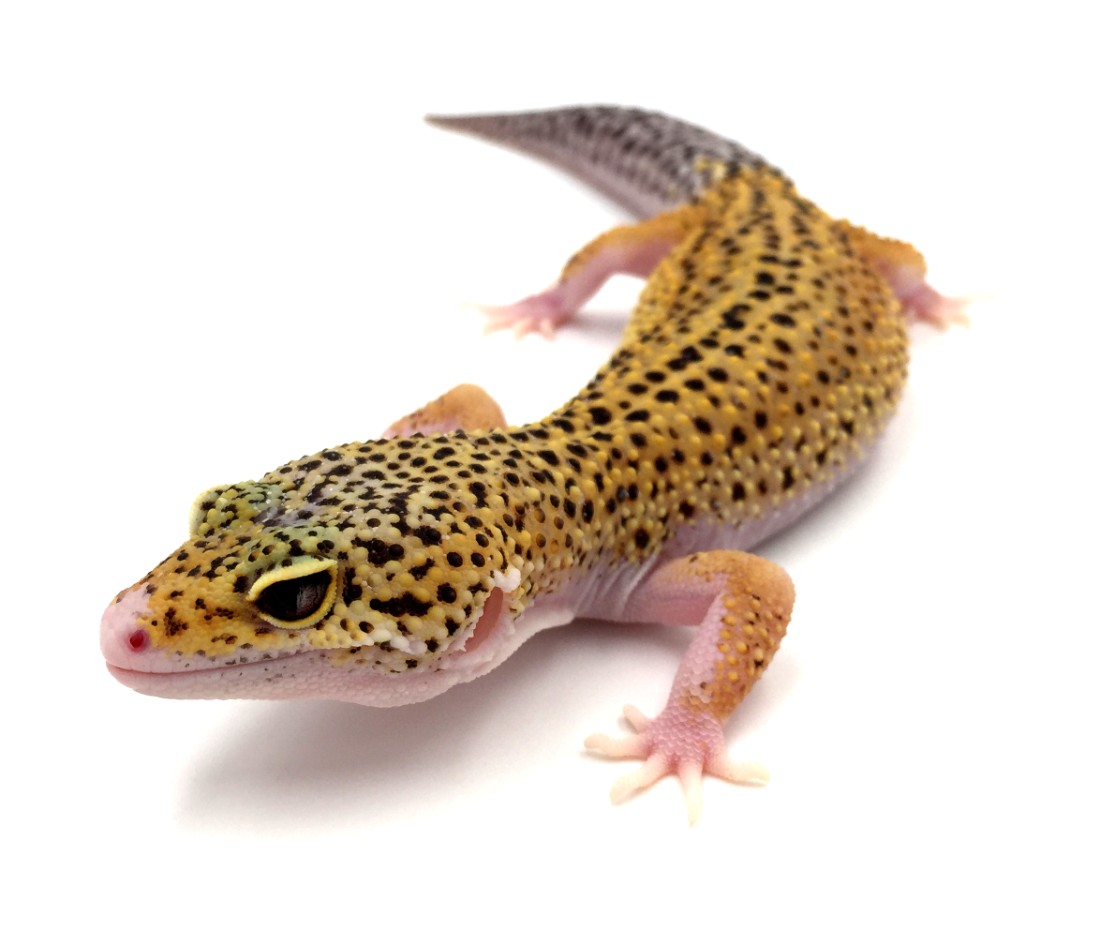
Leopard gecko morphs
Just like with shrimps and fish, one should pick leopard gecko morphs according to one’s experience with terrarium pets. Classic het Lavender are the recommended types for beginner gecko owners. Sunglow Bell het, Enigma, and Mack Snow are other popular and not too expensive types. If you have more money, you can decide on a Super Snow Albino morph.
Can you keep leopard geckos at home?
It is absolutely possible to keep a pet leopard gecko at home. Depending on the available space you can spare for a terrarium, you can get a single gecko or a few of them. Before you decide to bring reptiles home, ask an expert for help, so that you can provide the best conditions to your geckos.
Leopard gecko — tank size
If you decide to get these reptiles, keep in mind that leopard gecko males fight for territory. It’s better to keep one male and a few females in one terrarium. This way, you can avoid unnecessary battles between males.
When deciding to get a leopard gecko, one has to pick the right terrarium. In this case, the bigger it is, the better for the lizard. If you have one gecko, the minimal tank size is 60 x 40 x 40 cm. A leopard gecko needs enough room for hiding and climbing. The substrate in the terrarium should be 3 to 10 centimeters thick.
Remember that leopard geckos need a lot of humidity, especially when they shed. You can create perfect conditions, e.g., by putting a bowl full of damp moss in the tank.
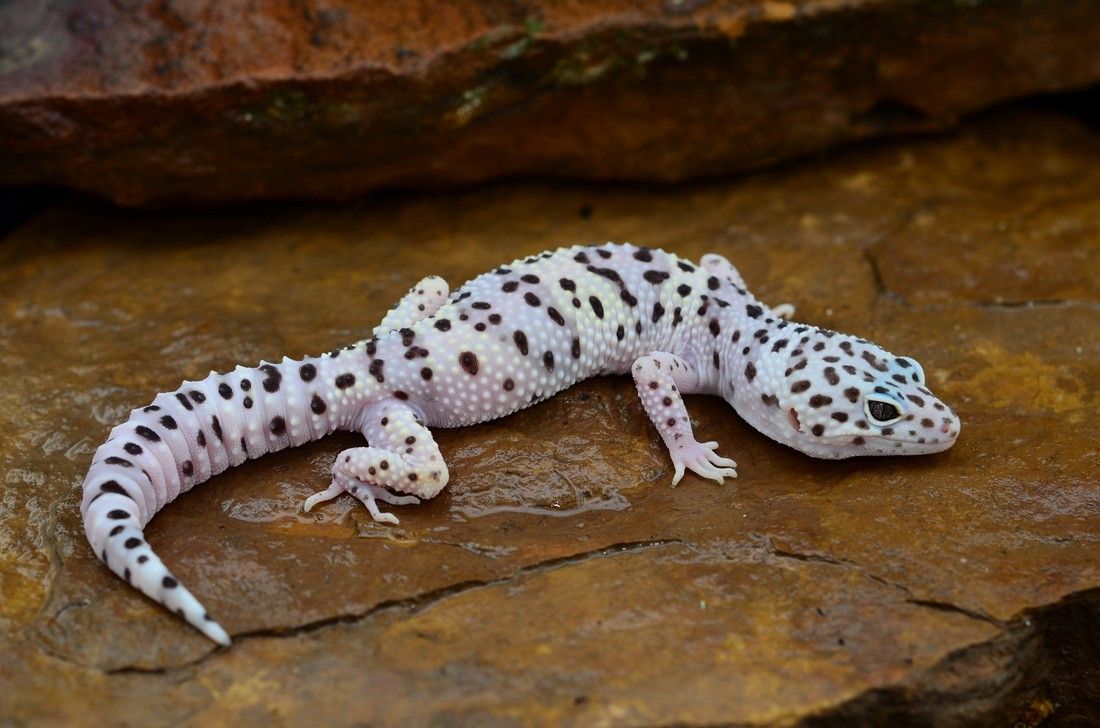
Leopard gecko care — how to create the best conditions for my lizard?
You need to follow a few simple rules when it comes to the conditions for your reptile. During the day, the temperature in the terrarium should be from 25 to 35°C (77 to 95 F), with humidity levels at 40-50%. At night, the temperature must remain at about 20°C (68 F), and the humidity should increase to 70%.
What do geckos eat? Leopard gecko diet
Wild leopard geckos feed primarily on insects. You can purchase various types of locust, meal beetles, silkmoths, cockroaches and crickets in a pet shop. You can feed live specimens with fruit, so that your gecko gets additional nutrients when eating the insects.
Crickets contain a lot of fat. For this reason, you should diversify the gecko’s diet, otherwise it will get obese.
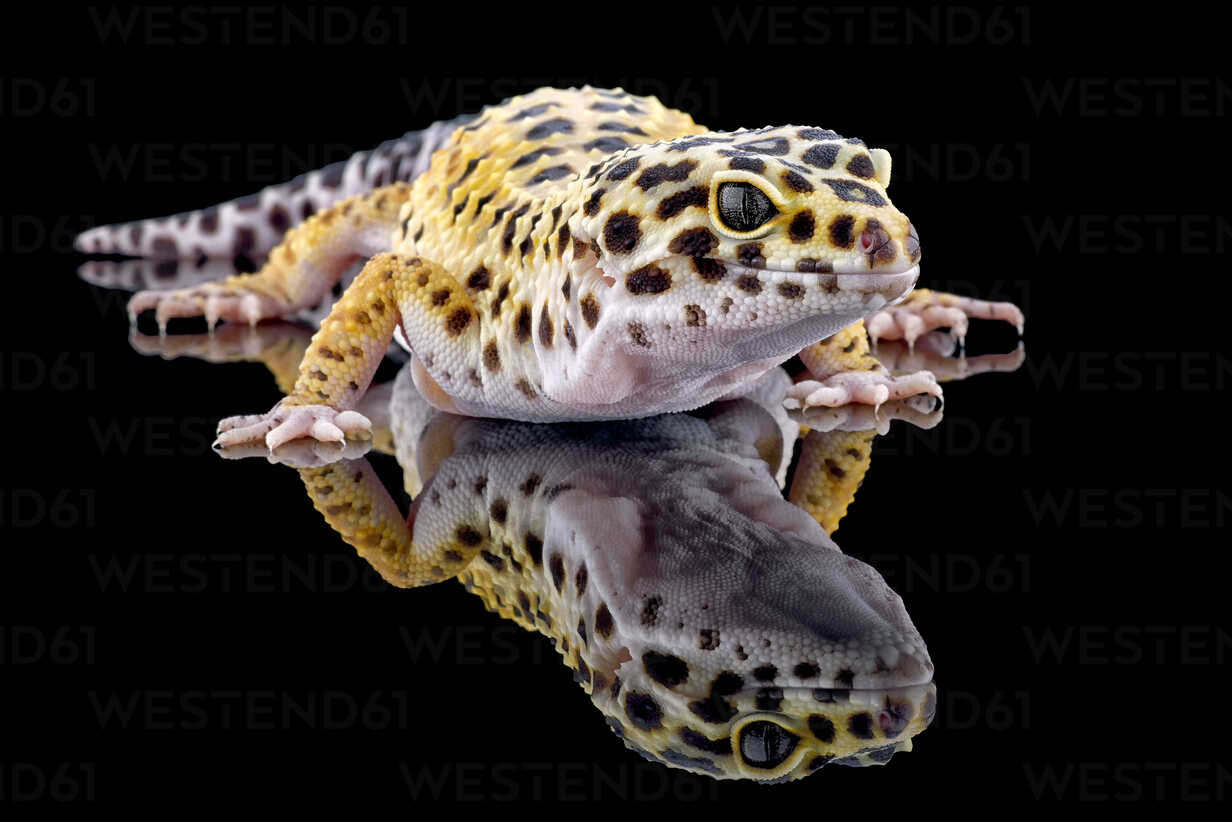
Leopard gecko — lifespan
Depending on the conditions and diet you provide to your leopard gecko, the lizard can live up to 15 years. But thanks to perfect conditions in the terrarium and lack of natural predators, captive lizards live even as long as 20-25 years.
Where to buy a leopard gecko?
You can purchase a Black Pearl variety, as well as any other leopard gecko of any colors in a pet store, or directly from a breeder. A lizard from a breeder is the best choice. This way, you can pick a leopard gecko baby which won’t get stressed about the change of its environment, as it might happen with adult reptiles.
Pet leopard gecko — price
The price of a leopard gecko depends mostly on its variety and colors. For this reason, the cost of a single animal can be either relatively low or really expensive. For instance, the rare albino varieties are among the most expensive leopard geckos.
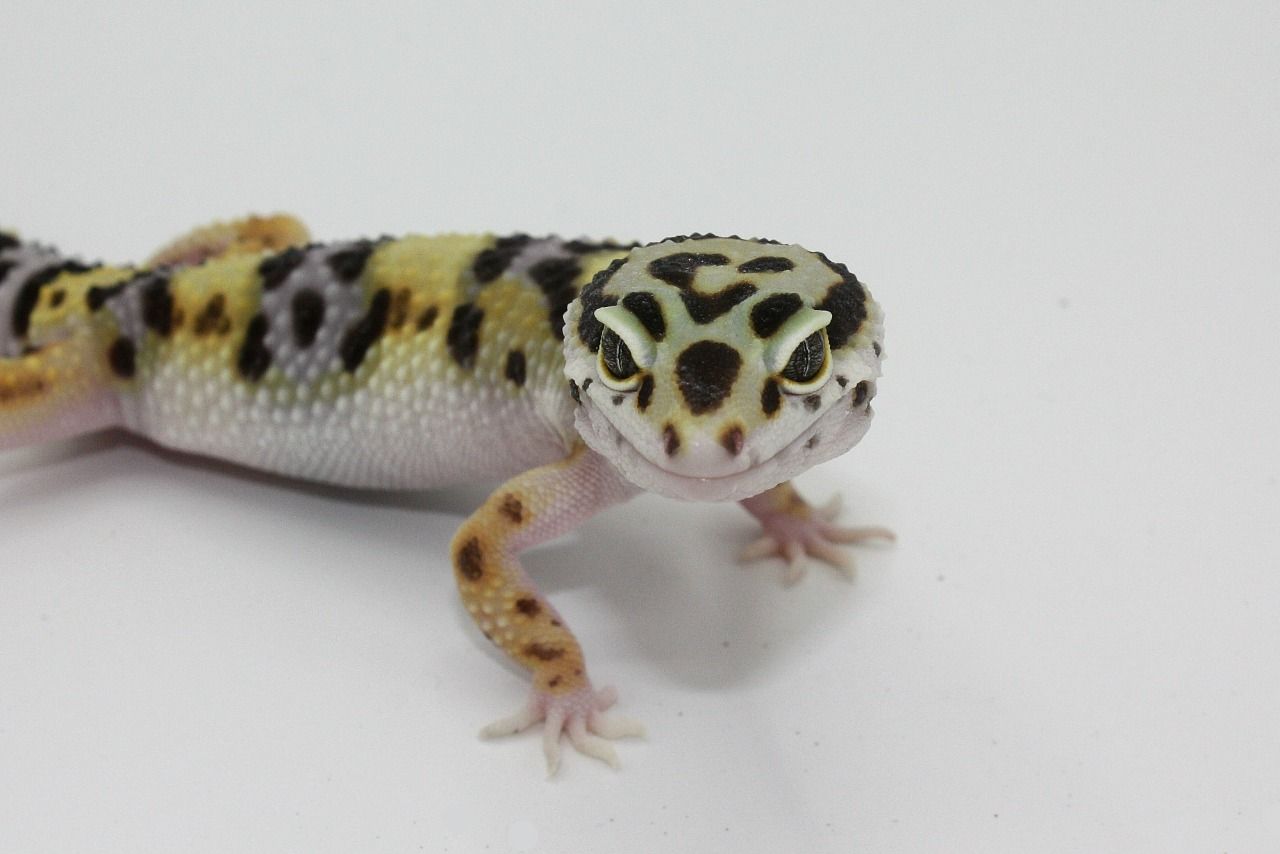
📍 How much does a leopard gecko cost?
The cost of a single reptile depends on various factors, e.g., on the particular morph of a leopard gecko. Lizards with the most unusual colors are the most expensive.
📍 What food does a leopard gecko eat?
A leopard gecko should have three different bowls in its terrarium: one for water, one for calcium and one for food. The lizard eats various types of locusts, meal beetles, silk moths, cockroaches, and crickets.
📍 How to take care of a leopard gecko?
Leopard geckos don't need any special treatment. They are easy to keep and care. Make sure to follow the recommendations about the temperature and humidity levels in the terrarium.
Featured articles
Maybe you're interested

